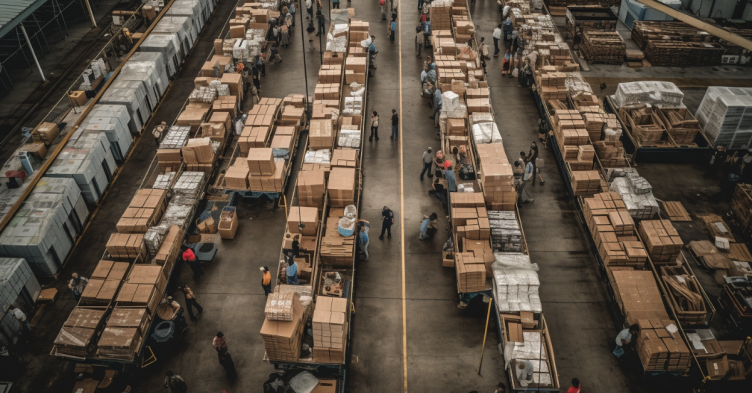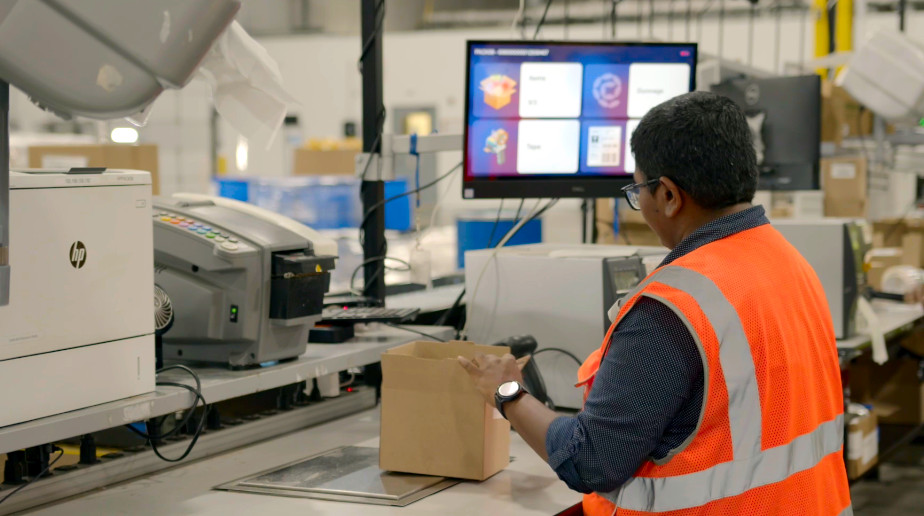Pack a Punch: Unleashing Efficiency and Productivity with Time Studies at Packing Stations
When it comes to delivering goods to customers, packing stations are the backbone of any business.
As they say, “time is money,” and it’s never been more accurate than in the world of packing and shipping. Time studies at packing stations have become a powerful tool for businesses to streamline their processes and pack a punch in efficiency and productivity. In this article, we’ll unwrap the benefits of time studies at packing stations, walk you through the step-by-step process of conducting one, and share some best practices to make sure your results are as accurate as possible.
So, buckle up, and let’s dive into the world of packing station optimization!
The Importance of Time Studies at Packing Stations

Time studies play a vital role in optimizing packing station operations, offering several benefits:
Enhance Efficiency: Time studies can identify inefficiencies in packing processes, providing opportunities to implement changes that boost productivity and speed. By pinpointing areas for improvement, businesses can make informed decisions to enhance their operations.
👩 💼 Optimize Workforce Allocation: By understanding the time it takes to complete specific tasks, managers can allocate labor resources more efficiently, maximizing employee productivity. This ensures that the right people are assigned to the right tasks, optimizing workflow and reducing downtime.
🔍 Identify Bottlenecks: Time studies reveal areas where delays or issues occur, enabling managers to address and resolve these problems, streamlining the process. By eliminating bottlenecks, companies can maintain a smooth and efficient packing operation, ensuring that goods are delivered to customers as quickly as possible.
📚 Improve Employee Training: By identifying areas where employees struggle or take more time, targeted training programs can be developed to enhance their skills and performance. This not only benefits the employees but also leads to an overall improvement in the packing station’s efficiency.
💰 Cost Savings: Improved efficiency and productivity can lead to significant cost savings related to labor and material expenses. As businesses fine-tune their packing operations, they can reduce overhead costs, making a direct impact on the company’s bottom line.
Conducting a Time Study at Packing Stations

To conduct a time study at packing stations, follow these essential steps:
🎯 Define the Objectives: Clearly establish the goals for the time study, ensuring a focused and effective analysis. This will guide your efforts and help you measure success.
🏭 Select Packing Stations and Tasks: Carefully choose the packing stations and tasks to be studied, taking into account their impact on overall efficiency and potential for improvement. Prioritize areas with the most significant room for growth.
👥 Train Observers: Invest in training the individuals responsible for conducting the time study. Ensure they understand the objectives and methodology so that they can collect accurate and consistent data.
⏱️ Record Task Durations: Observers should use a stopwatch, time-tracking software, or other measurement tools to record the duration of each task at the selected packing stations. This data will be crucial in identifying opportunities for improvement.
📊 Analyze the Data: Compile and analyze the recorded data, identifying patterns, inefficiencies, and opportunities for improvement. Look for trends that suggest areas where adjustments can be made to enhance efficiency.
🔧 Implement Changes: Based on the findings of the time study, make changes to the packing process, and monitor the impact on efficiency and productivity. Evaluate the success of your changes and fine-tune them as needed.
🔁 Repeat the Process: Conduct time studies periodically to ensure continued optimization and adaptation to changing business conditions. Regular assessments will help you stay ahead of the curve and maintain a competitive edge in the marketplace.
Best Practices for Time Studies at Packing Stations

To make your time study a smashing success, be sure to follow these best practices for accurate and reliable results:
🔀 Random Sampling: Choose a random sample of employees and packing stations for the study to dodge any bias that could skew your results.
🔁 Multiple Observations: Don’t just stop at one; record multiple observations of each task to account for variability in performance and ensure accurate results.
⏱️ Timing Accuracy: Equip yourself with precise timing tools like stopwatches or time-tracking software to guarantee spot-on measurements.
📢 Clear Communication: Keep employees in the loop by communicating the objectives and methodology of the time study. This transparency will minimize apprehension or resistance to the process.
🤝 Employee Involvement: Get employees on board with the improvement process. By fostering a sense of ownership and commitment to change, you’ll create a more engaged and motivated team.
In conclusion, time studies at packing stations are your secret weapon to boosting efficiency, productivity, and staying ahead in the competitive world of logistics. So, why not take the next step and let Rabot help you supercharge your packing operations? Our experts are ready to assist you in conducting precise time studies and implementing game-changing improvements.
Don’t let time slip away — book a demo with Rabot today and watch your packing station performance soar to new heights! Remember, a well-timed investment now can save you countless hours and dollars down the road. So, let’s pack some serious punch together! 💪🚀









